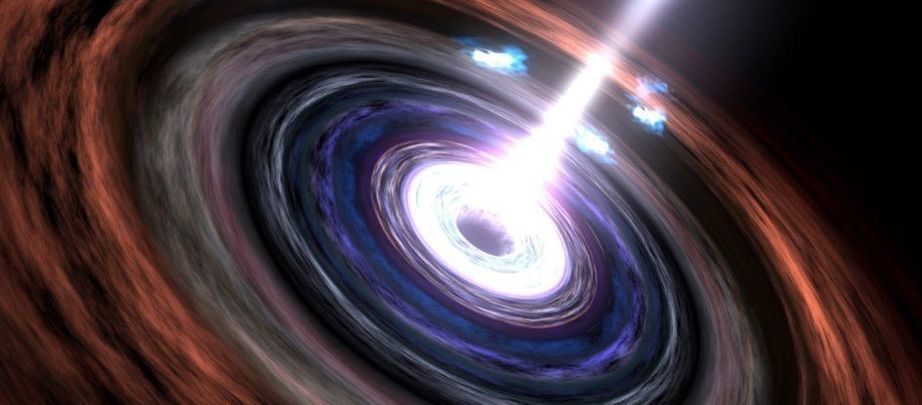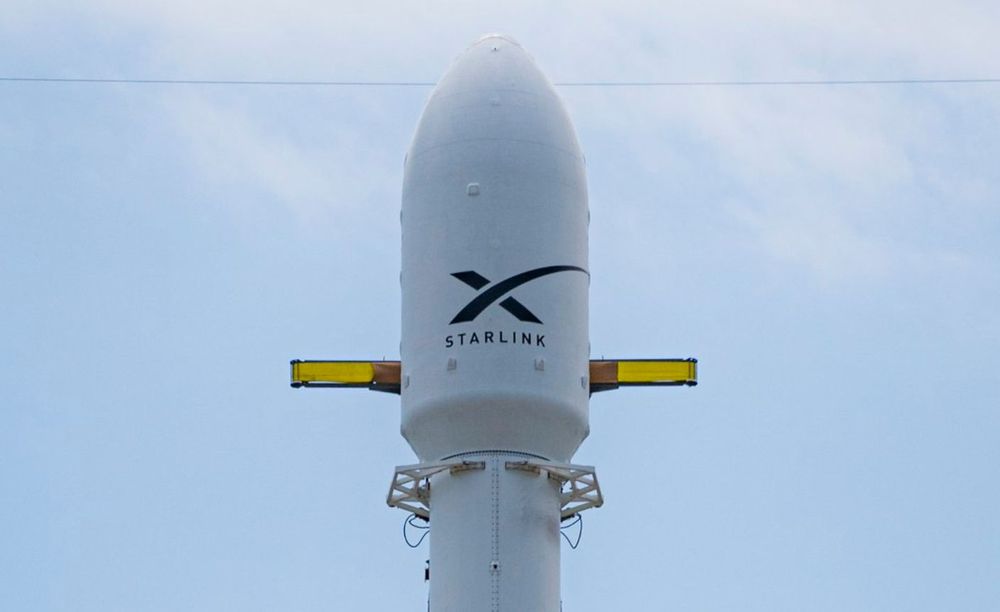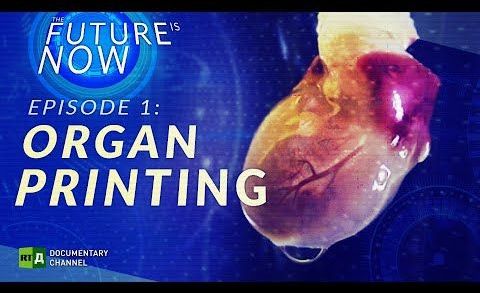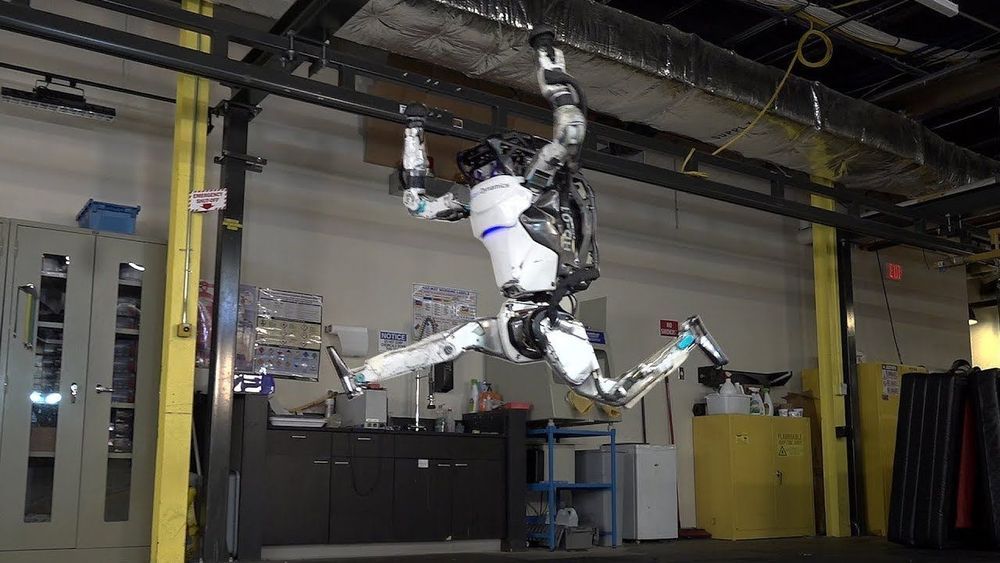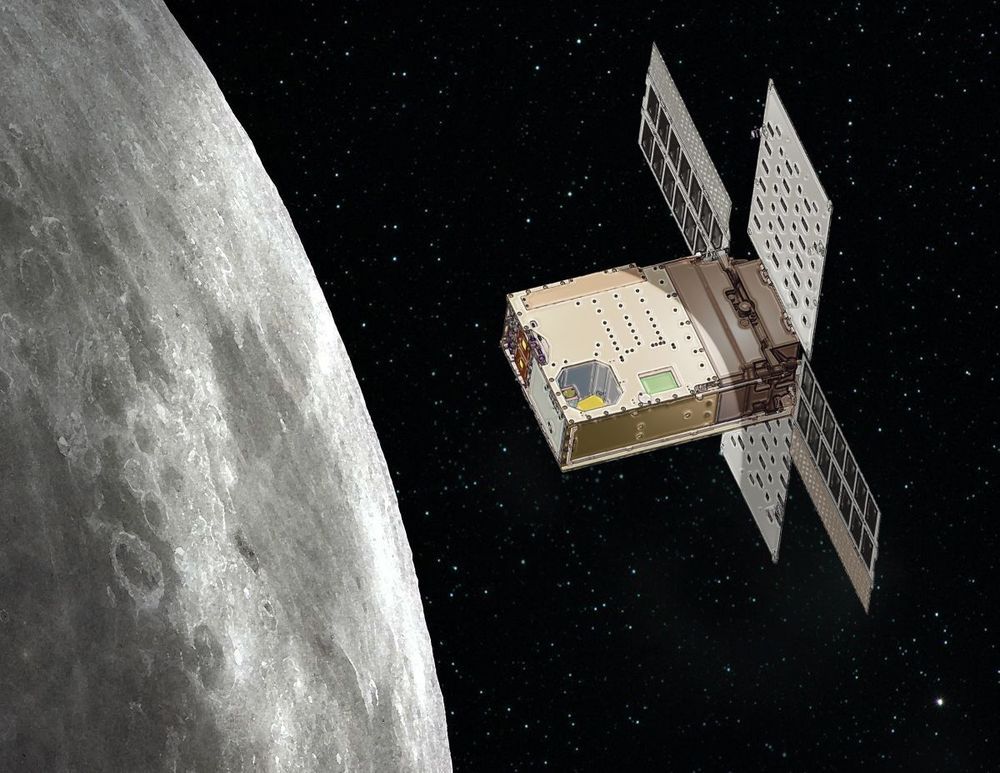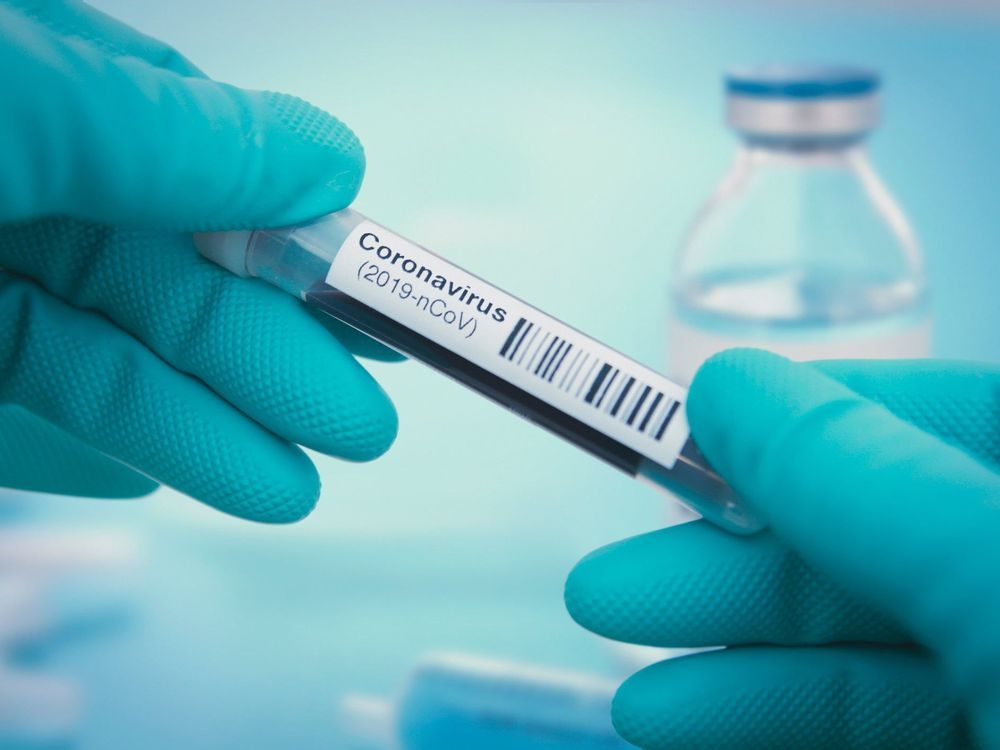Mar 14, 2020
Ancient Supermassive Black Hole Has Its Particle Beam Aimed Right at Earth
Posted by Quinn Sena in categories: cosmology, particle physics
Maybe could use a higgs field to deflect it or aim it away or use a higgs laser to destroy the black hole.
Astronomers have discovered the existence of a supermassive black hole that looks to be the oldest and most distant of its kind we’ve ever encountered – and it just happens to be aiming its bright particle beam directly at Earth.
The newly found supermassive black hole – called PSO J030947.49+271757.31 – is the most distant blazar ever observed, researchers say. That conclusion is based on the wavelength signature of the object’s redshift, a phenomenon scientists can use to measure the distance of light-emitting sources in space.
Continue reading “Ancient Supermassive Black Hole Has Its Particle Beam Aimed Right at Earth” »
